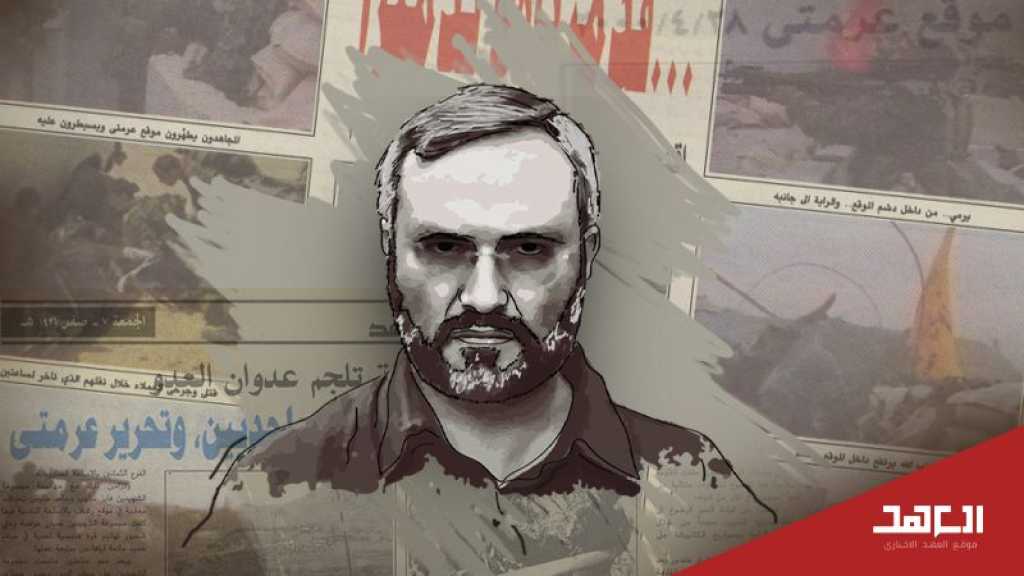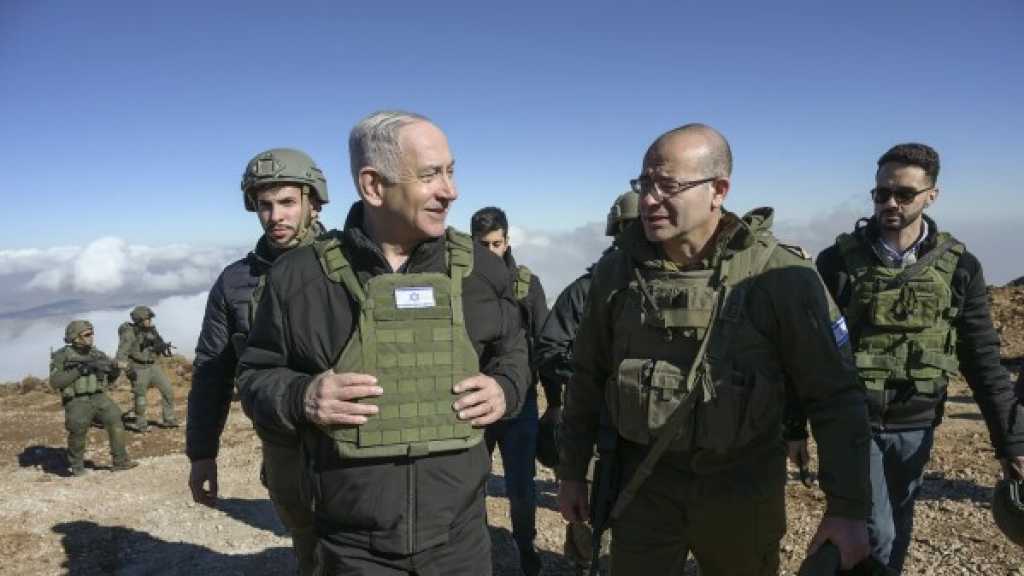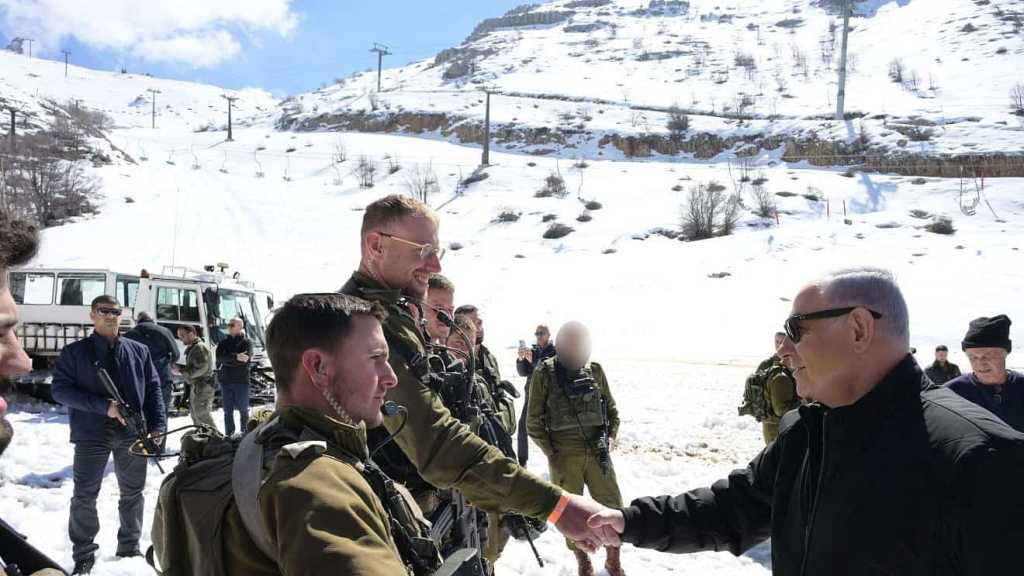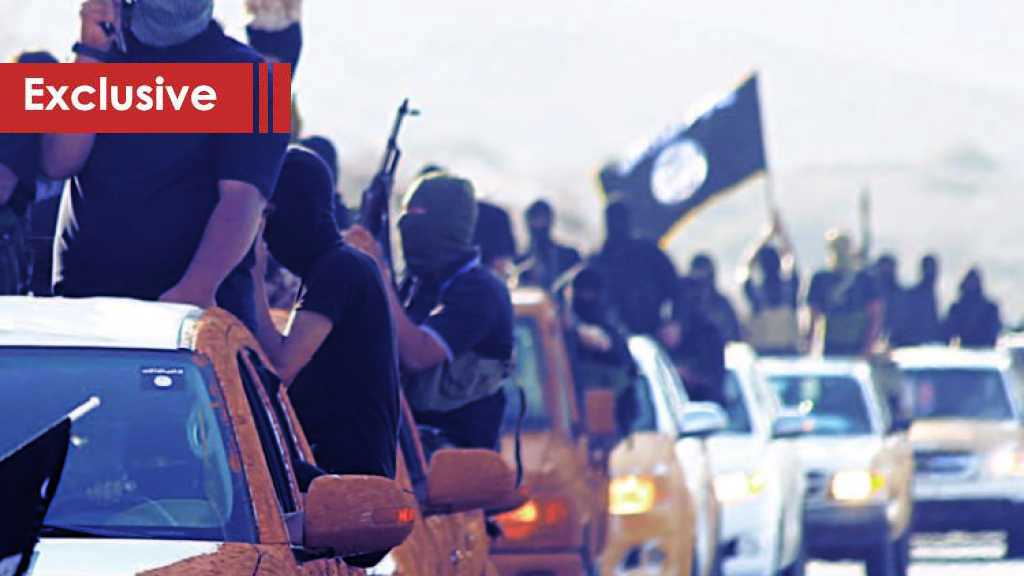Aaramta Legendary Op and Imad Mughnyieh: Uprooting the “Israeli” Agents’ Army

By Latifa Al-Hosseini
It was April 28, 2000. Southern Lebanon had not been liberated yet. In the lead-up to the historic date of May 25th, the Lebanese resistance group Hezbollah was intensifying its strikes against the “Israeli” occupiers and their local army of collaborators [Lahd Army]. Both the “Israeli” military and the collaborators were gripped by confusion. The picture was becoming clearer. Defeat and disappointment permeated the ranks of the Zionists and agents.
The resistance’s 38-year-old commander, Hajj Imad Mughniyeh, was studying options for escalation to accelerate the enemy’s withdrawal. The decision was made, and the objective was clear and specific – destroy the Lahad site and put it out of service, in preparation for striking their forces and the collapse of all their fortification points.
Aaramata was the location of the Lahad site. There was no shortage of motives behind the operation. It was a way to inflict heavy losses on the agents, the site was strategically located and overlooked many villages, and it was affiliated with the command of the 10th Regiment in the Eastern Brigade. Furthermore, it was home to military equipment such as radars and electronic jamming devices and it wasn’t within range of “Israeli” positions in Bir Kallab, Mothalath, and Shiyar Aadour.
The day selected for the attack finally arrived. Hajj Imad and the operation group settled in the Aaramta grove and secured the site until he memorized every corner of it. Before initiating the operation, he recommended the resistance fighters make a dramatic change in the planned action. The effect would go beyond the limits of the usual performance, leading to an assault that would take out the Lahad site.
Anyone who was familiar with the details of the operation knew that Hajj Imad did not sleep at all that day. He connected the day with night to make sure the mission was accomplished. While preparing for the mission he was focused on ensuring certain victory and expelling the aggressors under fire, while setting the precedent that the Mujahideen are capable of reaching any site, regardless of the danger, and raising the level of confrontation and engagement.
It was zero hour. Hajj Imad made sure that the cameras of the military media unit were safe and ready to document the operation. First, the resistance fighters attacked the site with missiles and shells, then the Mujahideen advanced, shouting “God is Great” and calling on the Commander of the Faithful [peace be upon him] and Abu Abdullah Al-Hussein as they penetrated minefields and barbed wire. Then, they entered the site after a clash with its garrison. After they took complete control of the site and checked inside its walls and fortifications searching for the remaining agents, they planted large explosive devices inside. When they left and got far enough, they detonated it on the heads of those who remained alive.
Because the operation was exceptional, Hajj Imad worked to raise the level of military performance. For the first time, he introduced the use of an armored vehicle in the final stage. The vehicle was prepared for detonation to ensure the elimination of the site. Indeed, the Mujahideen used a pickup truck loaded with three tons of explosives. One of the resistance fighters assigned to park it at the site pressed the activation button to set off the timer, but the bomb exploded about 20 minutes late. Hajj Imad, who was still monitoring the progress of the operation close to the site, reassured the military media photographer that there was no malfunction, so he continued documenting the moment. Indeed, the vehicle exploded and the site was gone. The operation ended with the killing of everyone at the site, including the Lahad forces, and their fortress was destroyed.
Hajj Imad boosted the Aaramta group’s morale and armed it with a lot of faith. The group included martyred Commander Wissam Hassan Tawil [Hajj Jawad], martyr Hussein Shalhoub [Osama], martyr Houssam Muhammad Ali [Al-Hurr], martyr Hassan Abdullah, in addition to other mujahideen. He treated them like brothers. They shared food, and he gave them advice on how to succeed without hesitation.
The commander of the operation, Hajj Imad, was described as a rare leader because he possessed rare attributes of acumen, creativity, and quick wit, which he employed in spreading terror among the ranks of the enemies.
The Washington Post called him “the Fox”. He was “the most dangerous man in the world” according to the New York Times, and “very decisive” according to the Yedioth Ahronoth newspaper. He possessed a style that pushed him to make influential and decisive decisions. The most prominent tactic in confronting the Lahd forces was to focus on spreading terror within their ranks.
Prior to the 2000 liberation, Hajj Imad engaged in psychological warfare that proved effective and quickly broke the enemy’s resolve. He pursued them, threatened them, and worked to eliminate their leaders and members one by one, forcing them to retreat and flee. The killing of senior agent, Aql Hashem, had a major impact, seriously diminishing the strength of the Lahd forces.
Hajj Imad’s leadership of the legendary Aaramta operation, the unique Operation Bayada, and the rapid strikes that followed them demonstrated that the language of fire is the language of force with the enemy. The surprise factor formed the basis of his military approach, and for this reason, he developed and improved the capabilities of the resistance in its permanent confrontation with the enemy to preserve it, its victories, and its path, as the master of the martyrs Sayyed Abbas al-Mousawi willed.
Comments




